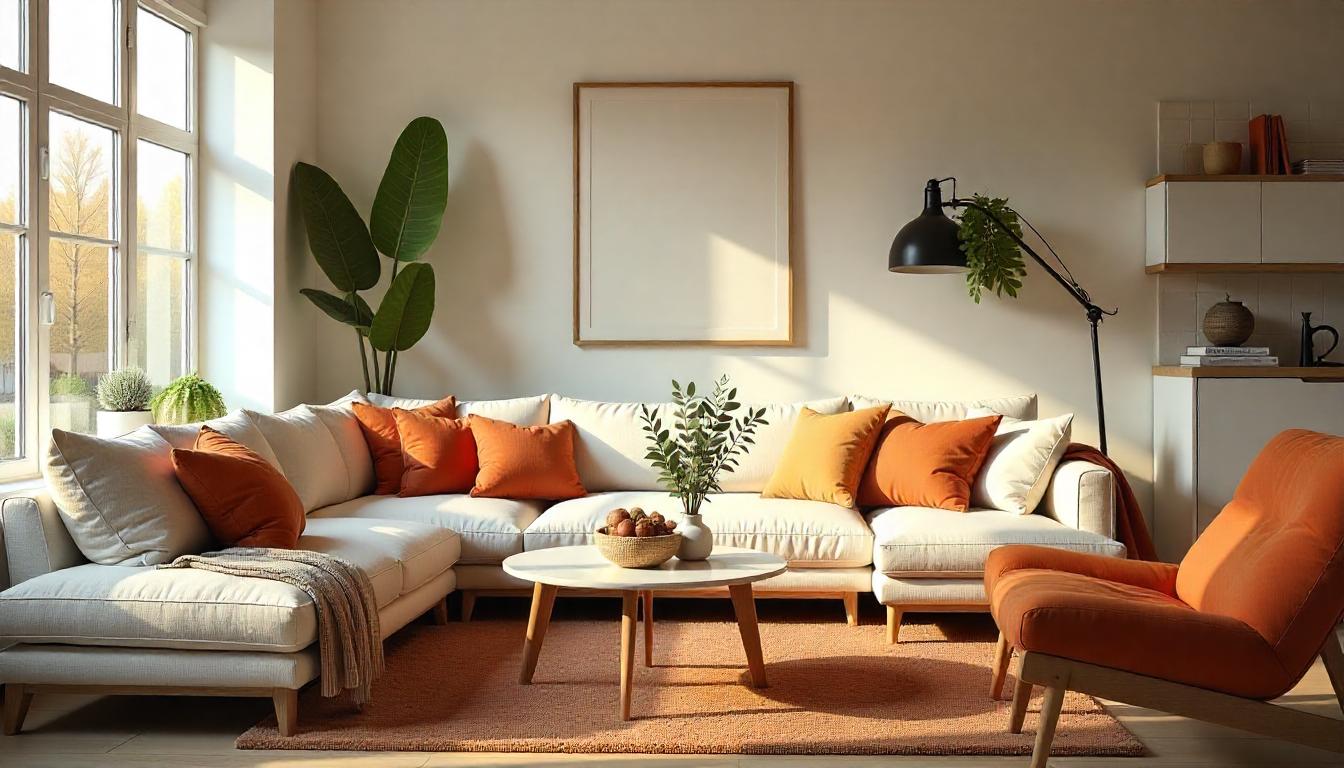
Choosing the right interior design style for your home can transform your living space into a reflection of your personality, preferences, and lifestyle. With so many interior design styles to choose from, understanding the differences can help you make informed decisions to achieve a cohesive and inviting home. In this guide, we explore popular interior design styles and how to implement them effectively.
What Are Interior Design Styles?
Interior design styles refer to distinctive aesthetic themes used to design and decorate spaces. Each style is characterized by specific design elements, color schemes, materials, furniture types, and decor accents that create a unique ambiance.
Understanding the basics of various styles will help you find the perfect match for your home and blend elements of different styles harmoniously.
Popular Interior Design Styles to Consider
1. Modern Style
The modern interior design style focuses on clean lines, simplicity, and functionality. It emerged in the early to mid-20th century and is characterized by minimal ornamentation and a “less is more” approach.
Key Elements of Modern Design:
- Neutral color palettes (white, gray, beige, and black).
- Minimalist furniture with sleek and smooth surfaces.
- Open floor plans to create an airy, uncluttered look.
- Industrial materials like steel, glass, and concrete.
2. Contemporary Style
While often confused with modern design, contemporary design is more fluid and reflects the current design trends of the moment. It borrows elements from modern, minimalist, and traditional designs, creating a balanced aesthetic.
Characteristics of Contemporary Design:
- Neutral colors with occasional bold accents.
- A mix of materials such as metal, glass, and natural elements.
- Clean and curved lines, often blending sharp geometric shapes with soft edges.
- Art-focused decor like statement paintings or sculptures.
3. Minimalist Style
Minimalism takes modern design to the extreme by eliminating all unnecessary elements, focusing on functionality, and embracing simplicity.
Minimalist Design Features:
- Monochromatic color palettes.
- Simple, streamlined furniture.
- Ample use of negative space.
- Hidden storage solutions to maintain a clutter-free look.
4. Industrial Style
Industrial design draws inspiration from old factories and warehouses, showcasing raw materials and unfinished textures.
Defining Features of Industrial Design:
- Exposed brick walls, pipes, and beams.
- Neutral colors with earthy tones (brown, rust, and gray).
- Metal and wood furniture.
- Vintage or reclaimed decor elements.
Tip: When designing a bathroom with an industrial touch, consult a Bathroom Interior Design Company in Bangladesh to ensure cohesive results.
5. Scandinavian Style
Originating from Nordic countries, the Scandinavian style emphasizes functionality, simplicity, and comfort with an understated elegance.
Key Elements:
- Neutral, muted color palettes (white, cream, soft gray).
- Natural materials such as wood, wool, and linen.
- Functional furniture with clean lines.
- Cozy textiles and lighting for warmth.
6. Traditional Style
Rooted in classic European decor, traditional design features rich details, ornate furniture, and elegant accents.
Traditional Design Characteristics:
- Warm, rich color palettes (deep reds, golds, and browns).
- Wood furniture with intricate carvings.
- Decorative elements like chandeliers, crown moldings, and rugs.
- Symmetrical layouts for balance.
7. Bohemian Style
Bohemian or “boho” style embraces a free-spirited and eclectic aesthetic. It blends different textures, patterns, and cultures to create a warm, inviting space.
Boho Design Must-Haves:
- Vibrant color combinations (reds, oranges, purples, and greens).
- Layered textiles like rugs, throws, and pillows.
- Woven or handmade furniture and accessories.
- Plants and natural elements for an earthy vibe.
How to Choose the Right Interior Design Style for Your Home
1. Assess Your Preferences and Lifestyle
Think about the colors, materials, and layouts that resonate with you. Do you prefer clean, minimalist spaces, or do you enjoy warm and cozy environments? Your personal taste should guide your design choices.
2. Consider the Function of Each Room
Different areas of the home may benefit from different styles. For example:
- A minimalist approach might suit a clutter-free home office.
- A Scandinavian style could work well in a cozy living room.
- An industrial design could enhance the character of a modern kitchen.
3. Blend Styles Thoughtfully
Mixing elements from different design styles can add depth and personality to your home. Ensure the styles you blend have complementary features to avoid clashing.
Example: Combine modern furniture with traditional decor accents to achieve a timeless look.
4. Seek Professional Guidance
If you’re unsure how to implement a particular design style, consulting professionals like a Bathroom Interior Design Company in Bangladesh can help you achieve the desired results without compromising functionality.
Tips for Maintaining a Cohesive Interior Design
- Stick to a Color Scheme: Consistency in colors across different rooms creates a sense of flow.
- Maintain Balance: Distribute furniture and decor evenly to avoid overcrowding.
- Use Repetition: Repeating design elements, such as patterns or materials, ties the space together.
- Incorporate Natural Light: Allow sunlight to enhance the aesthetic and ambiance of the room.
Applying Interior Design Styles to Specific Areas
Living Room:
- Create a focal point, such as a fireplace or statement artwork.
- Balance large furniture with smaller accent pieces.
Kitchen:
- Opt for functional yet stylish cabinetry and countertops.
- Incorporate lighting that highlights key areas like the island or cooking space.
Bathroom:
A well-designed bathroom can significantly enhance your home’s overall aesthetic. Collaborating with a Bathroom Interior Design Company in Bangladesh ensures a stylish, functional, and cohesive design.
Conclusion: Elevate Your Home with the Right Interior Design Style
Understanding and choosing the right interior design style for your home is essential for creating a space that feels personalized and inviting. By exploring popular styles and following expert tips, you can design interiors that reflect your unique taste while maintaining cohesion and functionality. Whether you prefer the clean lines of modern design or the warmth of traditional decor, there’s a style that’s perfect for you.




Leave a Reply